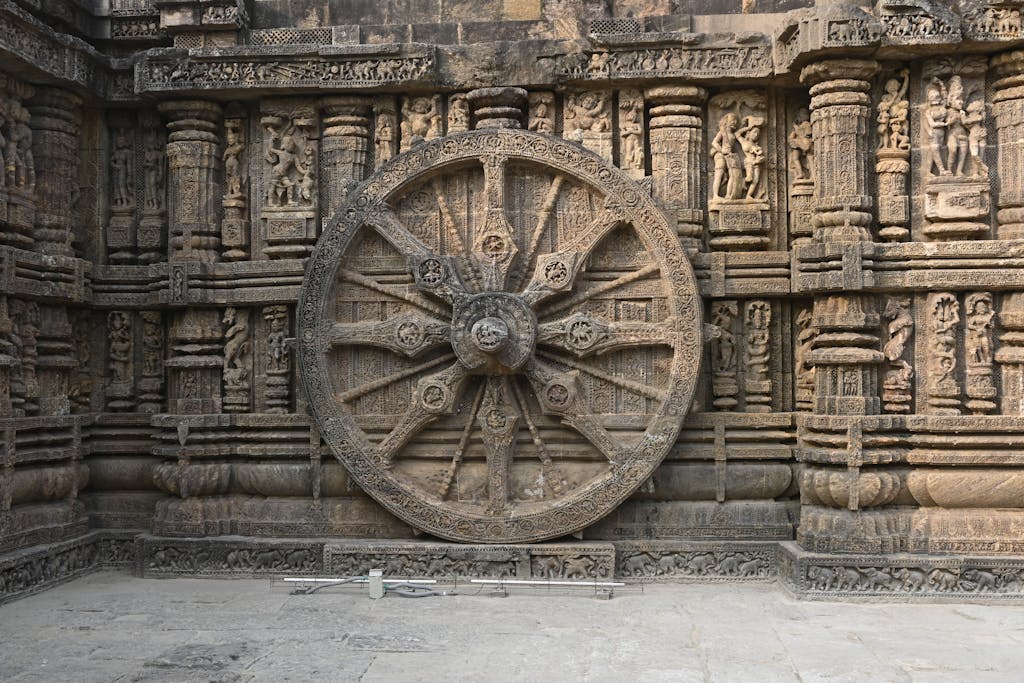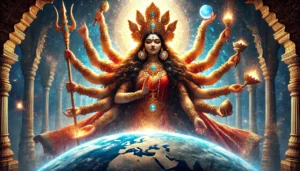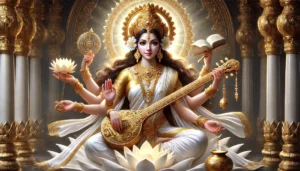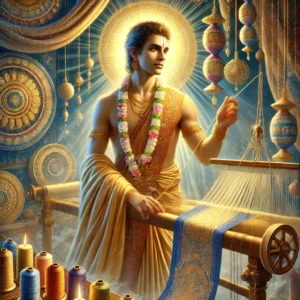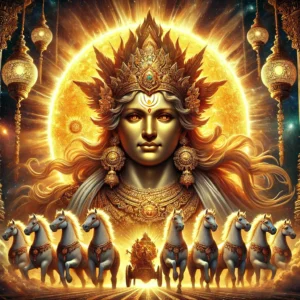Key Moral Lessons from the Ramayana
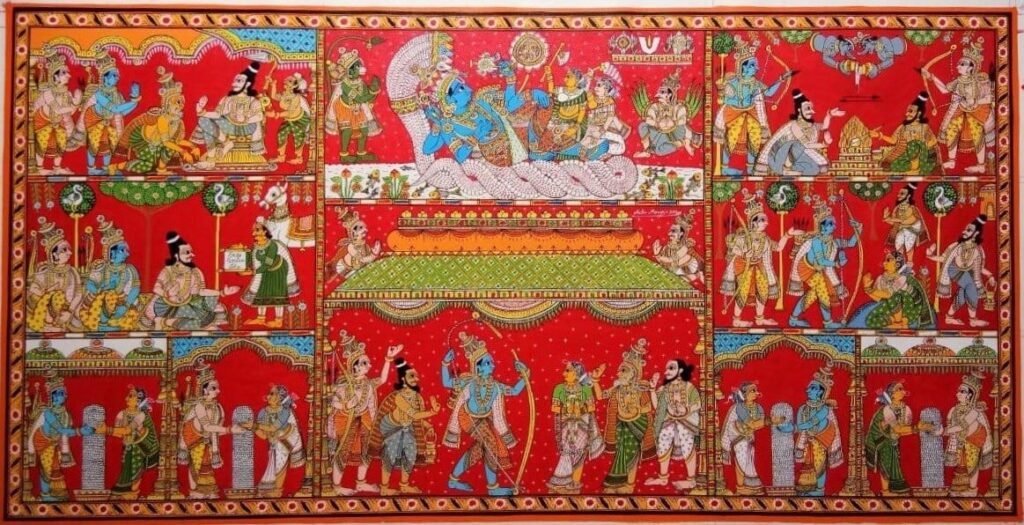
The Ramayana is a treasure trove of timeless themes and moral lessons that continue to resonate with readers and listeners across generations. These themes reflect the fundamental values of life, guiding individuals in making ethical decisions and understanding the importance of righteous behavior.
Here are the key themes and moral lessons embedded in the epic:
1. Dharma (Righteous Duty)
The concept of Dharma is central to the Ramayana. Dharma represents the moral and ethical duties that govern an individual’s actions based on their role in society—whether as a son, daughter, ruler, or spouse.
- Rama as the Embodiment of Dharma: Throughout the epic, Rama exemplifies unwavering adherence to Dharma. He follows his duty as a son by honoring his father’s promise, as a husband by striving to rescue Sita, and as a king by ruling justly. Despite facing immense personal sacrifice, Rama’s commitment to upholding righteousness never wavers.
- Sita and Lakshmana: Both Sita and Lakshmana also represent adherence to Dharma. Sita’s devotion to her husband and Lakshmana’s loyalty to Rama are guided by their understanding of what is right and just.
The Ramayana teaches that upholding Dharma, even in difficult circumstances, leads to long-term fulfillment and justice.
2. Devotion and Loyalty
Devotion (Bhakti) and loyalty are recurring virtues throughout the Ramayana. The relationships between characters exemplify these qualities, showing how they form the foundation of a virtuous life.
- Sita’s Unwavering Devotion: Sita’s loyalty to Rama remains steadfast, even during her abduction by Ravana. She endures her trials with dignity, holding firm to her belief in Rama’s eventual victory and rescue.
- Lakshmana’s Dedication: Lakshmana’s unswerving loyalty to Rama is a key example of brotherly devotion. He follows Rama into exile, protects him and Sita, and sacrifices his own comfort to serve his brother.
- Hanuman’s Bhakti: Hanuman’s devotion to Rama goes beyond mere loyalty; it symbolizes selfless service. His fearless efforts in locating Sita and aiding Rama in the battle against Ravana reflect the power of unshakeable faith and devotion.
The Ramayana teaches that devotion to one’s loved ones, as well as to one’s values and principles, is a powerful force for good in the world.
3. Good vs. Evil
The eternal struggle between good and evil is a prominent theme in the Ramayana, with Rama and Ravana symbolizing the opposing forces.
- Rama’s Righteousness: Rama, as the hero, represents the triumph of good. His strength lies not only in his physical prowess but also in his moral integrity. He fights for justice, righteousness, and the protection of the weak.
- Ravana’s Downfall: Ravana, though a learned and powerful ruler, succumbs to his pride, lust, and greed, leading to his downfall. His failure to respect Dharma, despite his vast knowledge and strength, illustrates that no amount of power can protect those who act unjustly.
The Ramayana underscores that evil, no matter how mighty, cannot triumph over good, and that righteousness will always prevail in the end.
4. Sacrifice and Renunciation
The theme of sacrifice and renunciation is interwoven into the lives of many characters in the Ramayana, emphasizing the importance of selflessness and the ability to give up personal desires for the greater good.
- Rama’s Sacrifice: Rama willingly renounces the throne of Ayodhya to honor his father’s promise to Kaikeyi. Despite being the rightful heir, he chooses exile and hardship, showcasing his deep sense of duty and honor.
- Sita’s Endurance: Sita’s sacrifice is reflected in her decision to follow Rama into exile, leaving behind the comforts of royal life. Her endurance during her captivity in Lanka is a testament to her inner strength and commitment.
- Lakshmana’s Renunciation: Lakshmana sacrifices his personal life and comforts to serve Rama. He not only accompanies his brother into exile but also dedicates himself to protecting and supporting Rama and Sita throughout their journey.
The Ramayana teaches that true greatness lies in selfless action and the ability to put the welfare of others above personal gain.
5. The Role of Fate and Free Will
The Ramayana explores the tension between fate (karma) and free will (purushartha), highlighting how individuals navigate their destinies while exercising moral choice.
- Preordained Destiny: Some aspects of the characters’ lives, such as Rama’s exile or Sita’s abduction, seem governed by fate, as part of the divine plan to restore Dharma in the world. Events like these suggest that fate plays a crucial role in shaping one’s circumstances.
- Exercise of Free Will: However, the characters’ responses to these challenges demonstrate the importance of free will. Rama chooses to uphold his father’s word, and Sita remains faithful during her captivity. Ravana, too, has free will but chooses the path of arrogance and vice, leading to his eventual destruction.
The Ramayana suggests that while fate may set the stage, it is the exercise of free will that ultimately defines one’s character and shapes the outcome of one’s life.
The Ramayana is more than a story of adventure and divine intervention; it is a guide for living a virtuous life. Through the themes of Dharma, devotion, the battle between good and evil, sacrifice, and the balance between fate and free will, the epic imparts profound moral lessons that remain relevant even today. It teaches us that righteousness, loyalty, selflessness, and perseverance in the face of adversity are the pillars of a meaningful and fulfilling life.


